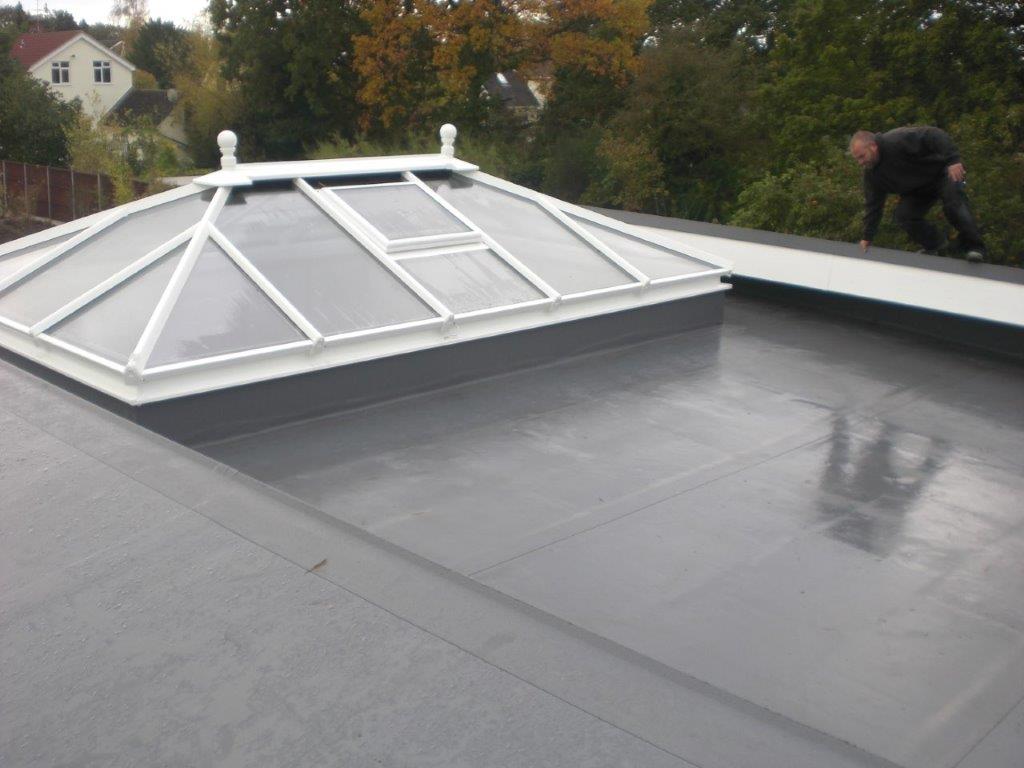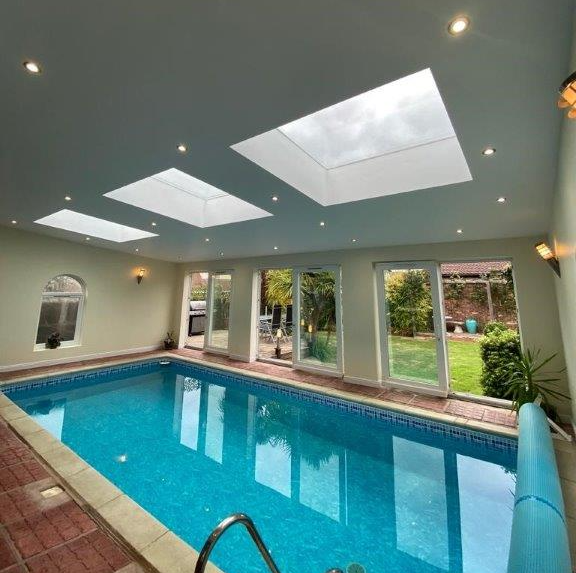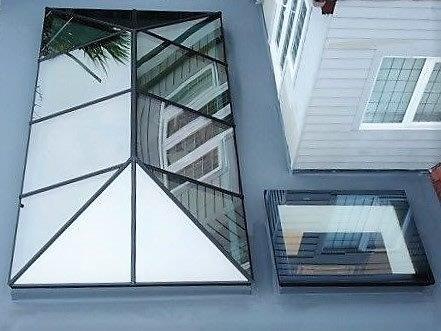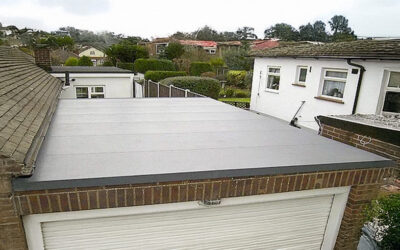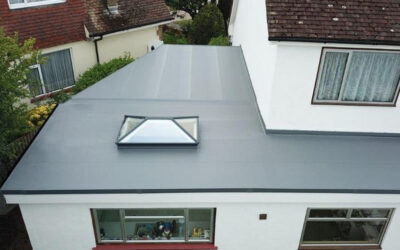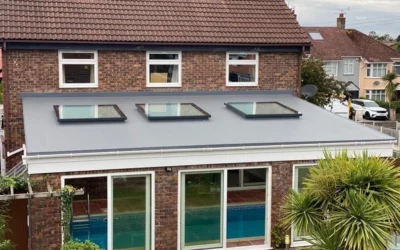Is your roof in a good state of repair? Have you considered what may happen to your flat roof in the hot sun?
Freezing temperatures, heavy downpours, ice, snow – surely winter is the time you should be concerned about your flat roof, right?
Actually no. If your roof is not in the best condition, you may need to know what could happen to your flat roof in the hot sun.
The fact is that the summer months can be just as damaging as the colder season if your flat roof is vulnerable to the elements. As temperatures rise, the stress placed on a roof increases, which is extremely problematic if it is already weak. Left unchecked, this added stress could result in the roof failing when the heavy rain returns.
Are you already worried about the state of your flat roof? If so, now is the time to arrange for a professional to inspect it – don’t wait until after the summer. Waiting until autumn will not only exacerbate any problems but it will also be more difficult to find an installer as it’s a busier time for the industry. Simply put, a damaged flat roof in the hot sun can spell disaster.
When it comes to monitoring your flat roof in the hot sun, there are five key issues you should look out for:
- Blistering
- Thermal movement
- Standing water
- Flashing damage
- Poor installation
Your flat roof in the hot sun – blistering
Your flat roof in the hot sun – thermal movement
Summer usually means warm days and cool nights, which can spell disaster for your roof. Fluctuations in temperature can cause your traditional felt roof to expand and contract, allowing water to penetrate the membrane.
Your flat roof in the hot sun – standing water
Your flat roof in the hot sun – flashing damage
Built up moisture can result in fungal growth; the summer’s increased hours of daylight can accelerate this growth. Flashing damage can compromise your flat roof’s drainage, which is an essential element of retaining its condition.
Your flat roof in the hot sun – poor installation
Are you confident that your flat roof was installed by an expert? Are you sure that it was professionally installed and built to last?
Sadly, not every roof is fitted properly. If installation was poor or carried out using substandard materials, these issues will be magnified by the warmer weather. Over time your flat roof can sag, allowing rainwater to pool and increase weight and pressure.

